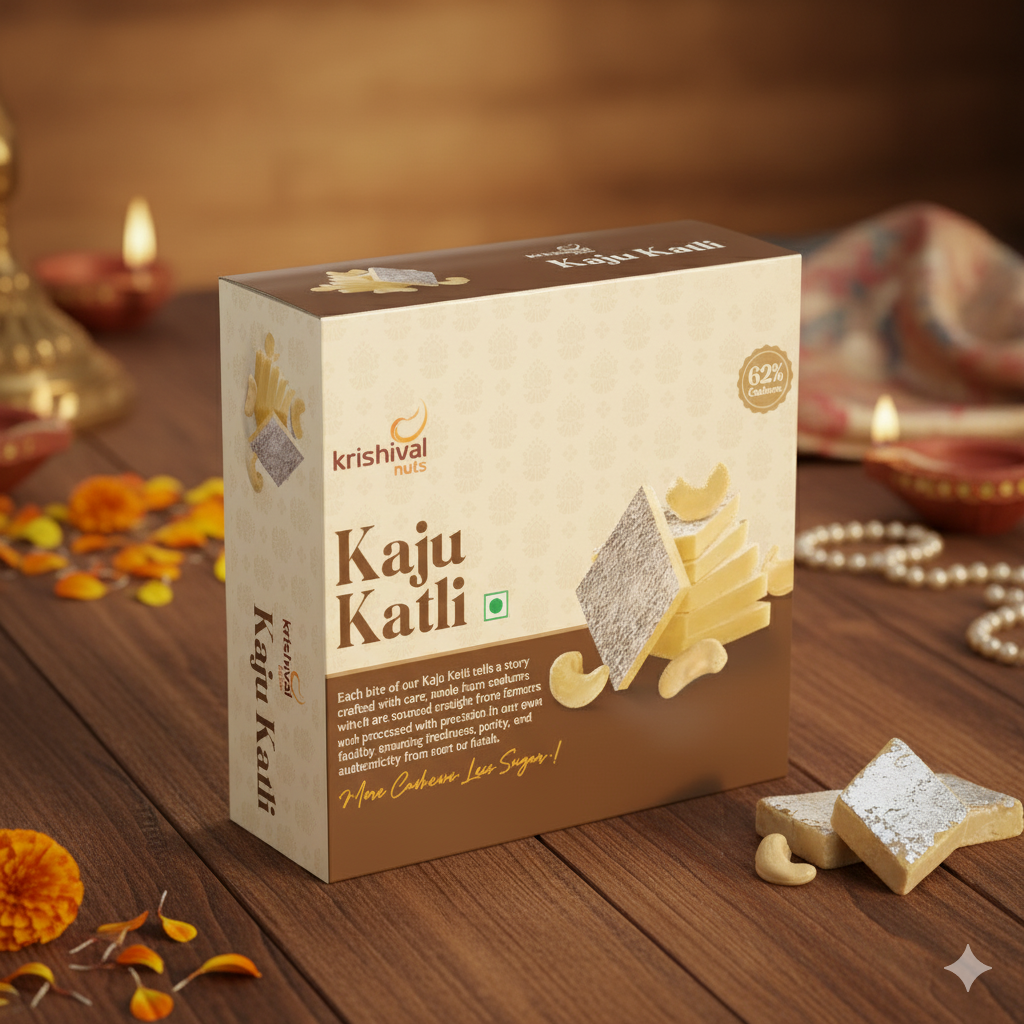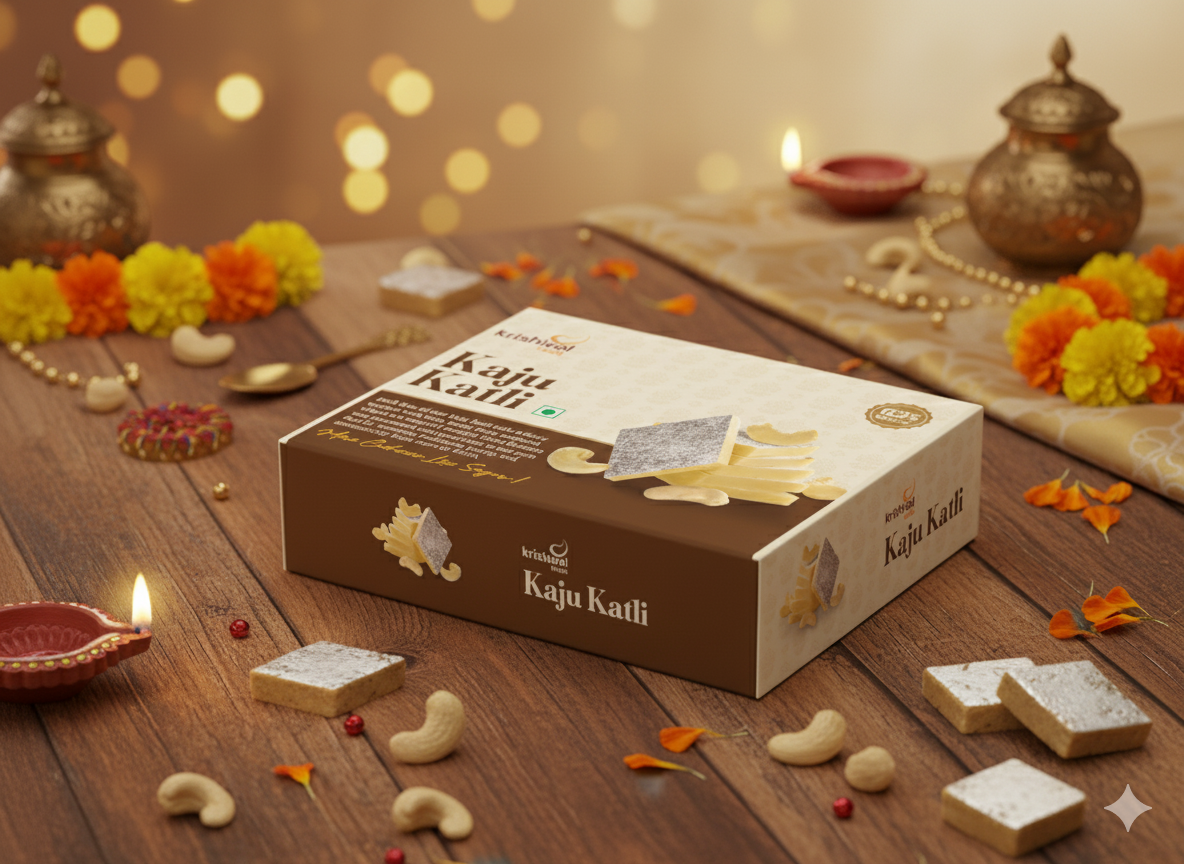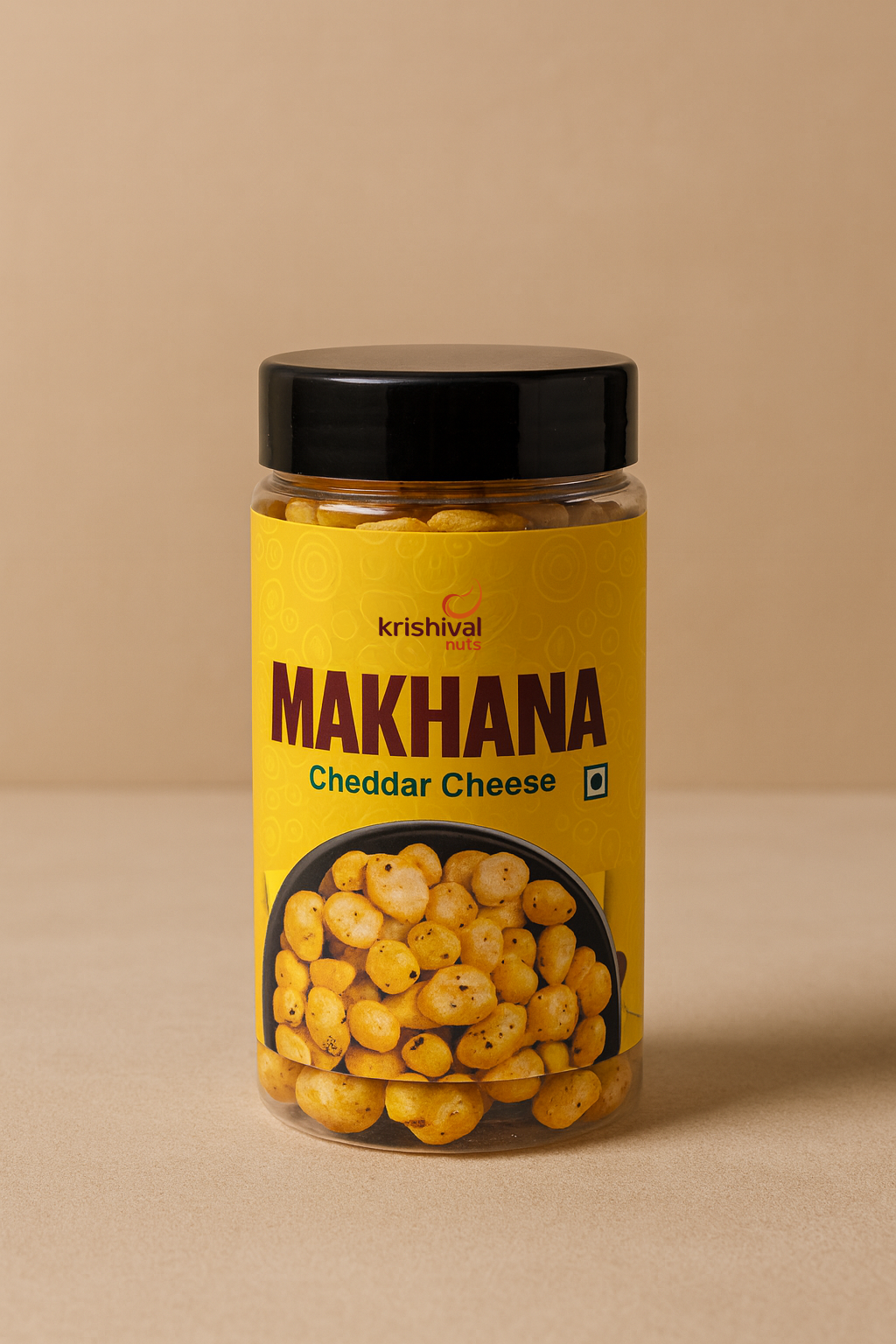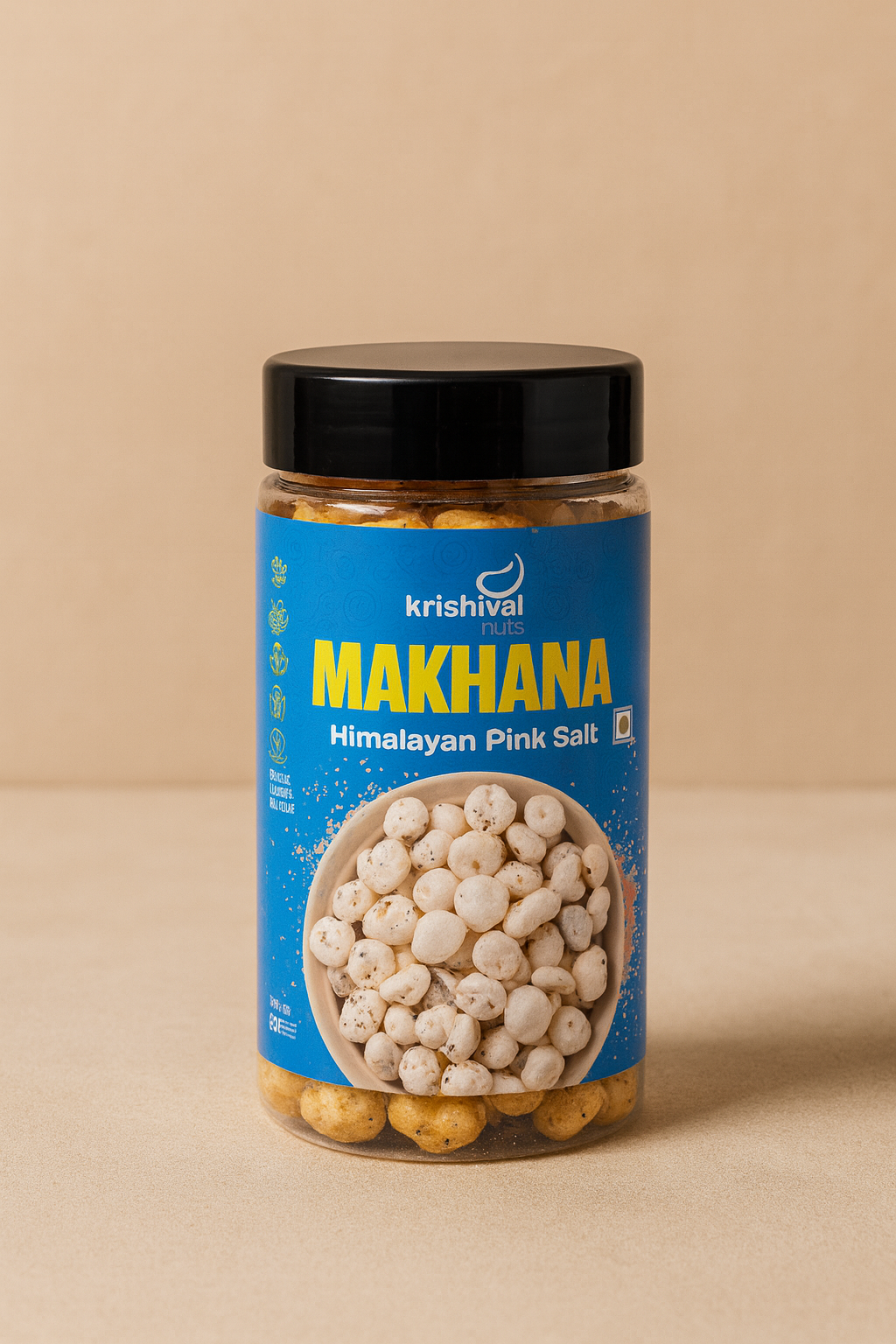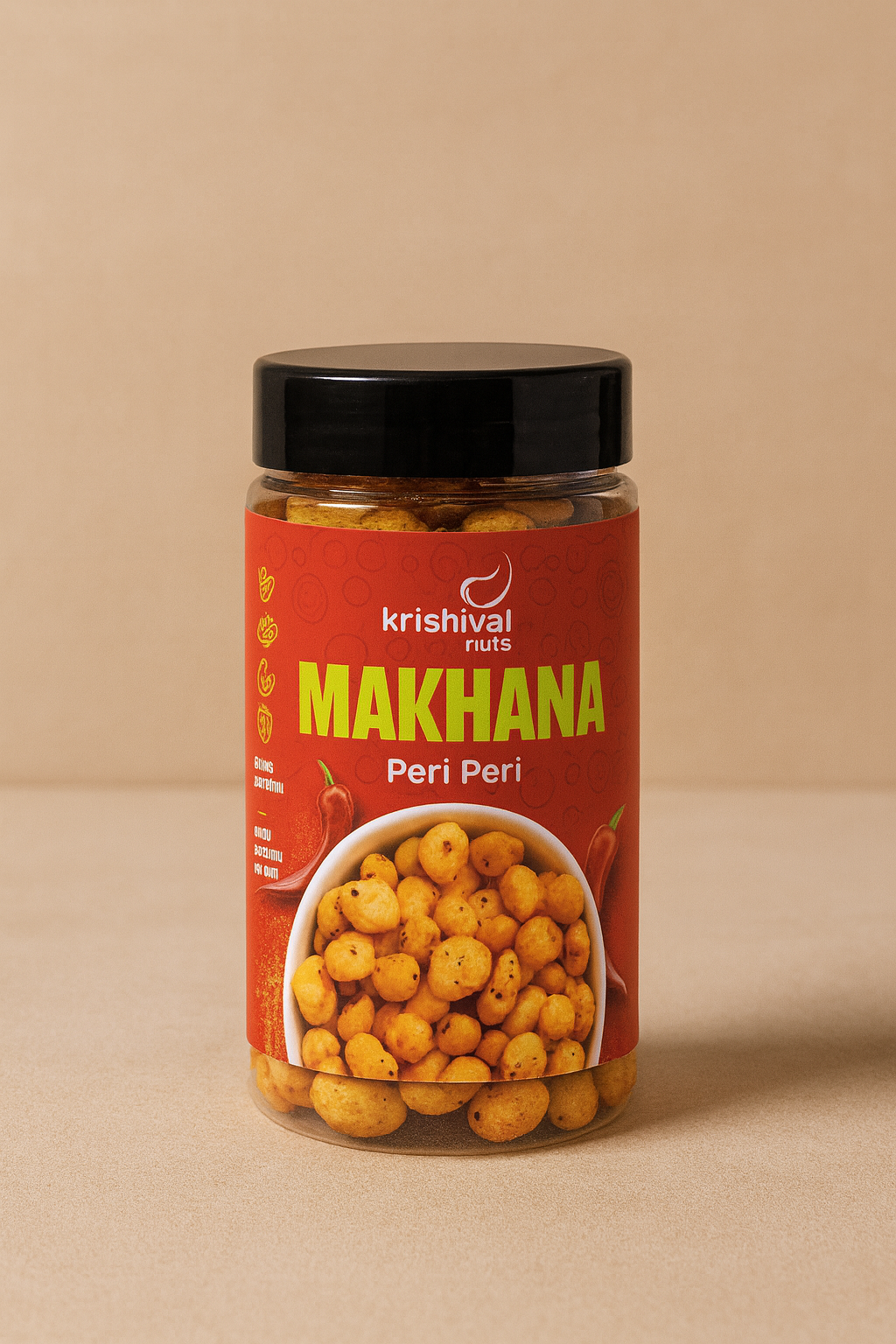Tired of store-bought almond milk with its long list of ingredients? Discover how easy it is to make fresh, creamy, and healthy almond milk at home with just almonds and water. This guide shows you the basic almond milk recipe. It also provides tips for creaminess, flavor ideas, and uses for leftover pulp.
Why You Should Make Your Own Almond Milk
Making your own almond milk offers many benefits compared to buying it. A homemade almond milk recipe gives you control over the ingredients, taste, and freshness. Commercial almond milk often has stabilizers, emulsifiers, and very few almonds, sometimes as low as 2%.
|
Feature |
Homemade Almond Milk |
Store-Bought Almond Milk |
|
Ingredients |
Almonds, water |
Almonds (often 2-8%), water, thickeners, emulsifiers, preservatives. |
|
Sweeteners |
Optional and natural (dates, maple syrup) |
Often contains added sugars. |
|
Cost per Litre |
Can be more cost-effective depending on almond price. |
Seems cheaper, but has very low almond content. |
|
Freshness & Taste |
Fresh, creamy, and rich nutty flavor. |
Can taste watered down; less nutty flavor. |
|
Leftover Pulp |
Usable almond pulp for other recipes. |
No pulp. |
Essential Ingredients & Equipment
This simple almond milk recipe requires only a few items. You get to control everything that goes into your milk.
Ingredients
- Raw almonds: One cup of raw, unsalted almonds is best. Roasted almonds can make the milk taste bitter.
- Filtered water: About 4 cups for a standard consistency. You can use less for a creamier milk.
- Optional sweeteners: A pitted date or a splash of maple syrup can be added for sweetness. A pinch of salt enhances the flavor.
Equipment
- High-speed blender: A good mixie-grinder or blender is important.
- Strainer: You will need a fine-mesh nut milk bag or a few layers of cheesecloth.
- Glass bottle: An airtight jar or bottle is needed for storage.
The 3-Step Homemade Almond Milk Recipe
This process is straightforward. It involves soaking, blending, and then straining the almonds.
Step 1: Soaking the Almonds (The Secret to Creaminess)
The almond milk recipe starts with soaking the almonds. Place one cup of raw almonds in a bowl. Cover them with water and let them soak overnight, or for at least 8-12 hours. Soaking almonds softens them, which results in a creamier milk. It also helps to neutralize phytic acid, which can block nutrient absorption. After soaking, drain the water and rinse the almonds well.
Step 2: Blending to Perfection
Next in the almond milk recipe is blending. Put the soaked and rinsed almonds into a high-speed blender. Add 4 cups of filtered water for standard milk. For a creamier result, use only 3 cups of water. Blend everything on high speed for about 1-2 minutes until the mixture is white, opaque, and looks perfectly smooth.
Step 3: Straining for a Silky-Smooth Finish
To complete this almond milk recipe, you must strain the liquid. Place a nut milk bag or cheesecloth over a large bowl. Pour the blended mixture into the bag. Squeeze the bag firmly with your hands to press all the liquid out. The smooth milk will collect in the bowl. Remember to save the leftover almond pulp in the bag for other uses.
Expert Tips for the Best Almond Milk
Here are some expert tips to make your homemade almond milk even better.
- For Extra Creaminess: Add a tablespoon of hemp seeds or a few soaked cashews before you blend. Using hot water to soak and blend can also make the milk richer.
- Natural Sweeteners: For a bit of sweetness, blend in one or two pitted Medjool dates or a little maple syrup.
- Flavor Boost: A tiny pinch of sea salt will bring out the almonds' natural sweetness. A drop of vanilla extract can add a pleasant warmth.
- No-Soak in a Hurry?: If you don't have time to soak, you can still make almond milk. Grind the dry almonds into a fine powder first, then blend the powder with water.
Troubleshooting Common Problems
Why is my almond milk slimy?
A slimy texture in your almond milk can happen if you don't rinse the soaked almonds properly before blending. Some almonds naturally contain pectin, a soluble fiber that can create a gel-like feel. Store-bought versions use additives to control this, but for homemade milk, a good rinse is key.
How do I stop my milk from separating?
Separation in homemade almond milk is completely natural, so don't worry. Store-bought milk contains emulsifiers to keep it mixed. Just give your homemade almond milk a good shake before you pour a glass.
Why does my milk taste bitter?
A bitter taste in your milk can come from the almond skins, which contain tannins. Using roasted or old almonds can also cause bitterness. While peeling isn't necessary, some find that blanched (skinless) almonds produce a less bitter milk.
Storing Your Homemade Almond Milk
Storing your homemade almond milk correctly keeps it fresh. This almond milk recipe creates a drink without preservatives, so it won't last as long as store-bought versions.
Pour the finished milk into an airtight glass jar or bottle. Keep it in the refrigerator. Your fresh almond milk will last for about 3-5 days. Always shake it well before serving because it will naturally separate.
Don't Waste the Pulp! 5+ Creative Uses for Leftover Almond Pulp
This almond milk recipe leaves you with nutritious almond pulp, so don't throw it away. Here are some creative almond pulp recipes and ideas:
- Make Almond Flour: Spread the pulp on a baking sheet. Bake it at a low temperature until it's completely dry. Then, use a blender to turn it into fine almond flour.
- Whip up Almond Pulp Crackers: Mix the pulp with herbs, seeds, and a little oil. Roll the mixture thin, cut it into shapes, and bake until crisp.
- Boost Your Smoothies & Oatmeal: Add a few tablespoons of wet pulp directly into your smoothie or morning oatmeal for extra fiber and nutrients.
- Create No-Bake Energy Bites: Combine the almond pulp with ingredients like oats, cocoa powder, and dates. Roll the mix into small balls for a quick snack.
- Use as a Binder in Veggie Patties: You can substitute some of the breadcrumbs or beans in a veggie burger recipe with almond pulp to help bind the patties.
- Add to Indian Recipes: Stir the pulp into curries to create a thicker, creamier texture. You can also add it to homemade ladoos for extra richness.
Frequently Asked Questions (FAQ)
Q1. Is homemade almond milk cheaper?
It can be. While the initial cost of almonds might seem high, homemade milk often gives you more value because store-bought versions contain very few nuts.
Q2. How many almonds make 1 litre of milk?
Typically, about 1 to 1.5 cups of almonds are needed to make 1 litre of milk.
Q3. Can I make almond milk without a powerful blender?
Yes, a good mixie-grinder works. You might just need to blend for a longer time and strain the milk twice to get a smooth texture.
Q4. Is it necessary to peel the almonds?
No, it is not necessary. However, some people peel them for a smoother, whiter milk with a less bitter taste.
Q5. What's the best almond to water ratio?
A good starting point is a 1:4 ratio (1 cup of almonds to 4 cups of water). For creamier milk, try a 1:3 ratio.
Q6. Can I use almond flour instead of whole almonds?
Yes, this is a quick alternative. Blend almond flour with water and strain it. The taste and texture may be slightly different from milk made with whole almonds.
Q7. Is almond milk healthier than dairy milk?
They are nutritionally different. Unsweetened almond milk is lower in calories, carbohydrates, and fat. Dairy milk is significantly higher in protein and naturally contains more calcium.
Q8. Can I use this recipe for other nuts?
Yes, this method works well for making other nut milks, such as those from cashews or hazelnuts.
Q9. What does a pinch of salt do?
A pinch of salt enhances the overall flavor and brings out the natural sweetness of the almonds.
Q10. How can I use this almond milk?
You can use it in coffee, tea, smoothies, on cereal, in oatmeal, or for baking.
Conclusion: Enjoy Your Fresh Homemade Milk!
So, you see how simple it is to make your own homemade almond milk. It's a healthy, easy, and adaptable alternative to store-bought options. You get to decide exactly what goes in it, from the creaminess to the sweetness.
Try the recipe today and let us know your favorite flavor combinations in the comments below




